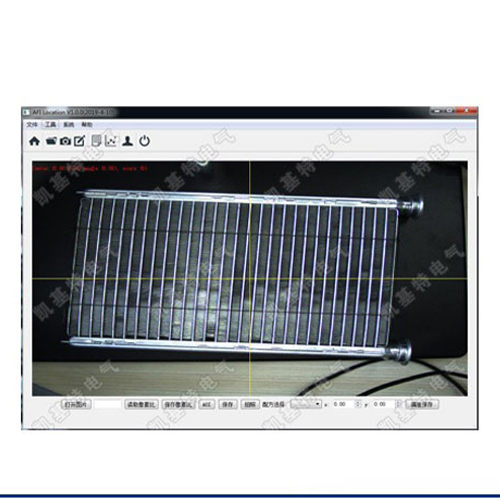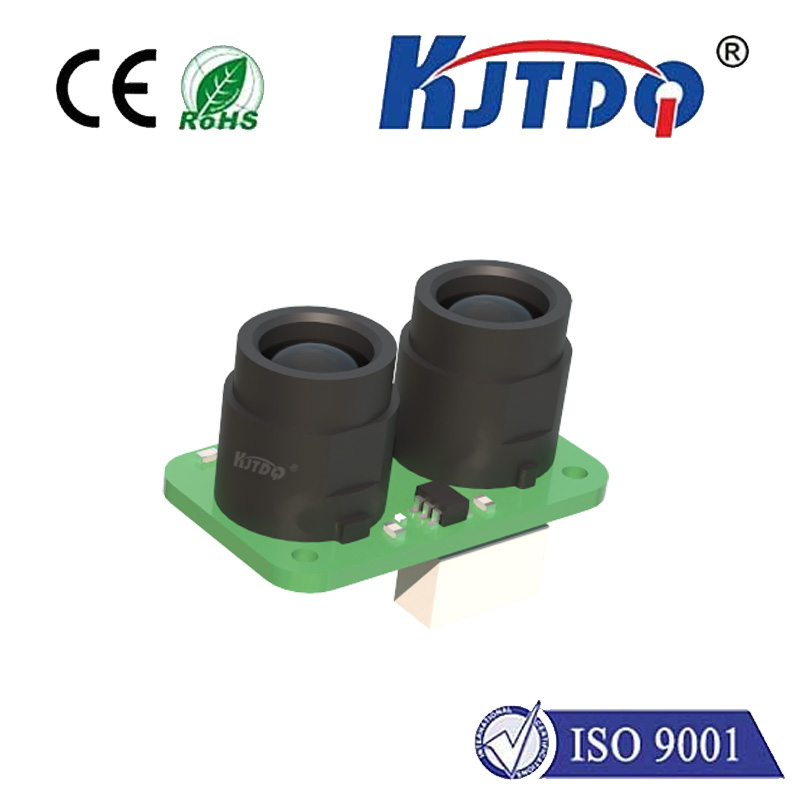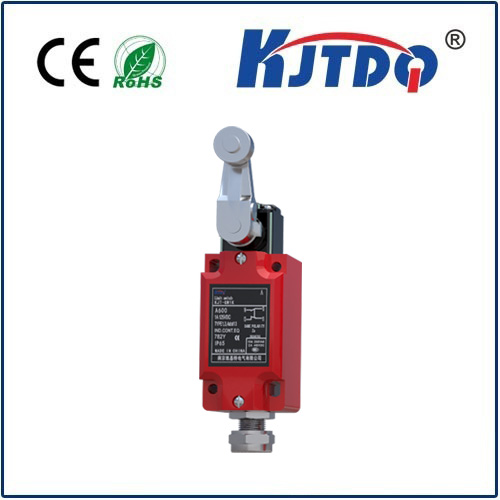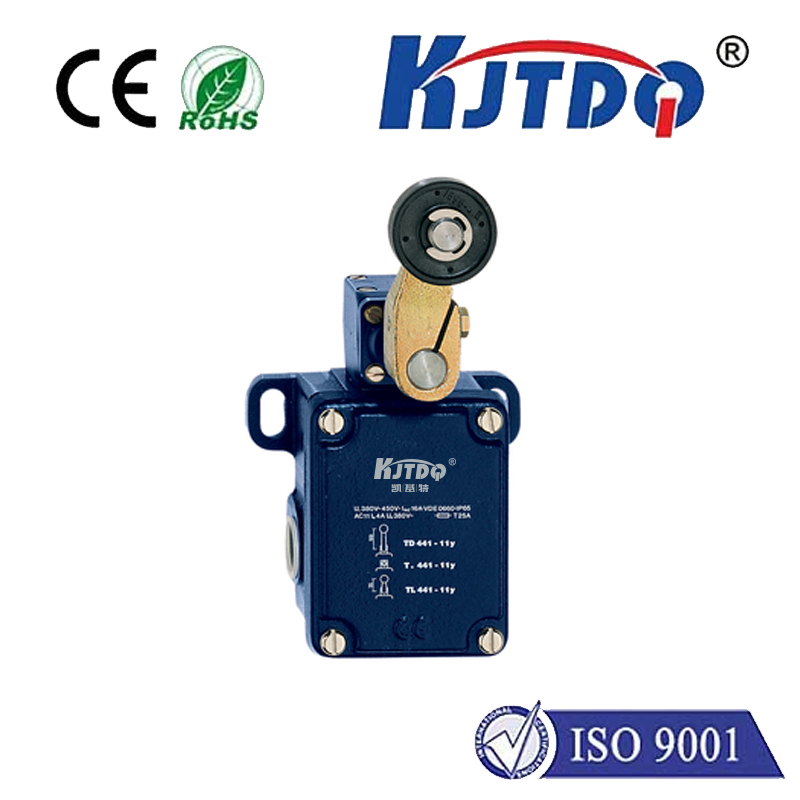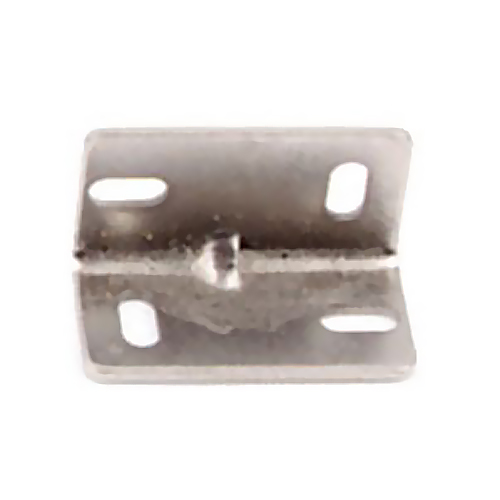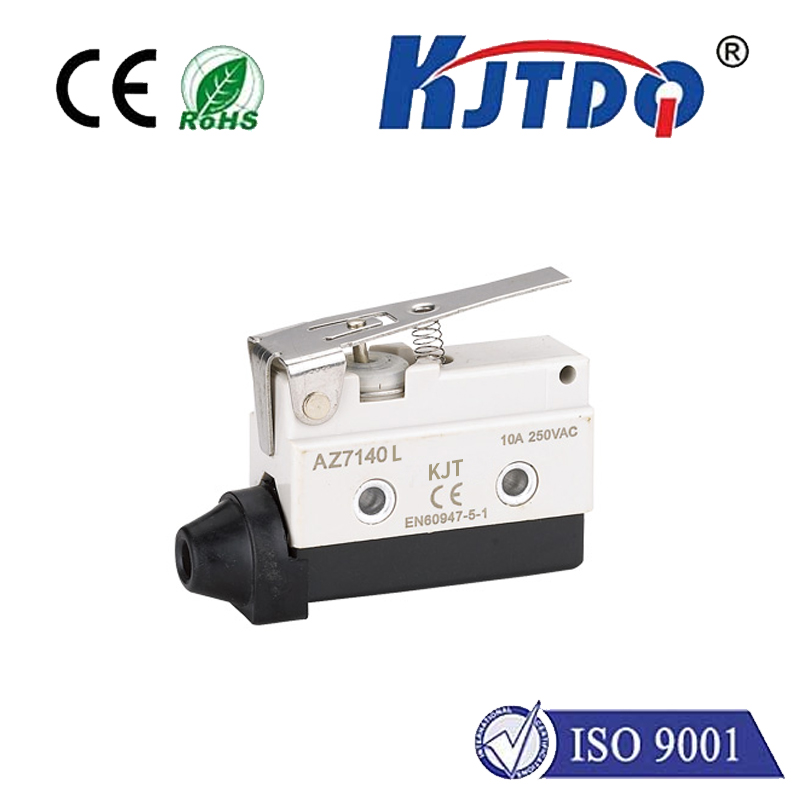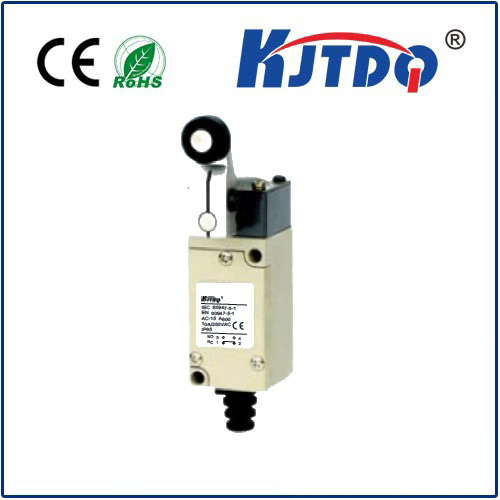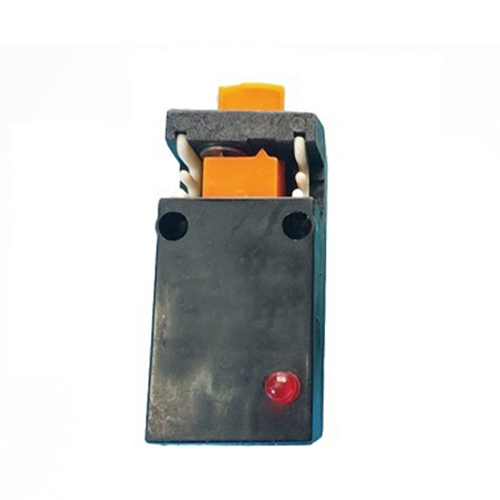m8 proximity sensor
- time:2025-09-07 05:22:53
- Нажмите:0
M8 Proximity Sensor: The Unsung Precision Hero of Industrial Automation
Intelligent machines don’t just “know” – they sense. In the intricate symphony of modern manufacturing, assembly lines, and robotic systems, countless critical decisions happen in fractions of a second, driven by the silent vigilance of sensors. Among the most ubiquitous and vital are proximity sensors, and within that category, the M8 Proximity Sensor stands as a remarkably compact yet powerful solution. This unassuming cylindrical workhorse, identifiable by its 8mm diameter threaded barrel, is fundamental to ensuring precision, reliability, and safety across a vast array of industrial applications. Let’s delve into the world of the M8 Inductive Proximity Sensor, exploring its workings, strengths, and why it’s often the go-to choice for engineers.
The Fundamental Principle: Sensing Without Touch
At its core, an inductive M8 Proximity Sensor operates on a beautifully simple electromagnetic principle. It generates a high-frequency oscillating electromagnetic field from its sensing face. When a ferrous (iron-based) or non-ferrous (like aluminum, copper, brass) metal object enters this field – without needing any physical contact – it induces small eddy currents within the target metal. These eddy currents absorb energy from the sensor’s oscillator circuit.
The sensor’s built-in electronics continuously monitor the amplitude of this oscillation. The presence of the metal object causes a detectable damping effect (a reduction in amplitude). Once this damping reaches a predetermined threshold, the sensor triggers a solid-state switch (like a transistor) to change its output state. Crucially, this all happens completely contactless, eliminating mechanical wear and tear, a significant advantage over mechanical limit switches. Non-contact sensing is key to their longevity and reliability.

Why the M8 Size Matters: Precision in Miniature
The “M8” designation specifically refers to the sensor’s housing diameter and thread size – 8 millimeters. This compactness is not merely a convenience; it’s often a critical design requirement:
- Space Constraints: Modern machinery, robotic grippers, and compact assembly cells have incredibly tight spatial envelopes. The tiny footprint of the M8 sensor allows it to fit where larger sensors simply cannot, enabling detection in confined areas crucial for intricate automation.
- Precision Positioning: Its small size translates directly to a smaller sensing field. This allows for high positional accuracy, detecting targets with minimal clearance or distinguishing between closely spaced components. The precision of an M8 proximity sensor is vital for tasks like part presence verification on high-density PCBs or checking the position of tiny mechanisms.
- Lightweight Integration: On moving parts like robotic arms or slides, minimizing weight is essential. The lightweight M8 form factor contributes to smoother motion and reduced strain on actuators.
Key Specifications and Selection Criteria: Tailoring the Sensor
Selecting the right M8 proximity sensor involves understanding several key parameters:
- Sensing Distance (Sn): This is the nominal operating distance at which the sensor reliably detects a standard target (usually mild steel). For M8 inductive sensors, this typically ranges from 1mm to 2mm, with specific models optimized for ferrous or non-ferrous metals (often requiring a reduced Sn for non-ferrous). Never operate the sensor at its absolute maximum range; design for 70-80% of Sn for reliability.
- Output Configuration: The most common types are:
- PNP (Sourcing): The output transistor switches the positive (+) supply voltage to the load when active.
- NPN (Sinking): The output transistor switches the load connection to the negative (-) supply (ground) when active.
- Selecting PNP vs NPN depends entirely on the control system’s (PLC, microcontroller) input module requirements.
- Normally Open (NO) / Normally Closed (NC): Defines the initial output state (without a target present). NO sensors are “off” (open circuit) without a target, turning “on” (closed) when detected. NC sensors are opposite.
- Operating Voltage: Standard DC ranges like 10-30V DC are prevalent, fitting most industrial control voltages. Ensure compatibility with your power supply.
- Output Current Rating: Specifies the maximum load current the sensor’s internal switch can handle. Exceeding this can damage the sensor. Common ratings for M8 sensors are typically around 100-200mA.
- Housing Material & Protection (IP Rating): Nickel-plated brass is common for robustness and chemical resistance. Crucially, the IP rating (Ingress Protection) indicates protection against dust and liquids. МП67 is standard, meaning dust-tight and protected against immersion in water up to 1m for 30 minutes. IP68 or IP69K ratings are available for harsher environments like washdown areas. Environmental protection is paramount for longevity.
- Switching Frequency: Measured in Hertz (Hz), this indicates how quickly the sensor can detect targets passing by. Higher frequencies (e.g., 1kHz, 2kHz) are needed for high-speed applications like counting rapidly moving objects. The response speed of the M8 inductive sensor is critical for dynamic processes.
- Flush vs Non-Flush Mounting: Flush-mount sensors can be installed embedded in metal without affecting their sensing field. Non-flush sensors require surrounding free space but generally offer a slightly longer sensing range. Understand the mounting constraints.
The M8 Advantage: Where Compact Reliability Reigns Supreme
The unique blend of size, reliability, and performance makes the M8 proximity sensor indispensable in numerous scenarios:
- Robotics & Automation: Detecting gripper positions, verifying workpiece presence in fixtures, confirming cylinder end positions, and safeguarding movement limits within robotic cells. Their small size enables integration directly onto end effectors.
- Станки: Monitoring tool holders, confirming chuck clamping, detecting part presence on CNC lathes and machining centers, and controlling coolant flow based on part position. Precision metal detection near cutting operations is essential.
- Material Handling & Packaging: Counting products on conveyors (especially small items), detecting presence/absence in chutes or trays, verifying carton flap positions, and controlling sorting gates. High-speed counting capabilities shine here.
- Automotive Manufacturing: Verifying component seating during assembly, confirming latch positions, checking valve cover presence on engines, and monitoring fluid levels indirectly via target positions. Robustness in demanding environments is key.
- Food & Beverage & Pharma: Stainless steel variants with high IP ratings (IP69K) are used for detecting metal parts (e.g., caps, cans, machinery components) within hygienic zones requiring frequent washdowns. Contamination-free operation is critical.
- General Machinery: Any application requiring reliable, non-contact detection of metal objects in a compact space. From textile machines to printing presses, endless position feedback is provided silently.
Installation & Best Practices: Maximizing Performance
Proper installation ensures optimal performance and longevity:
- Mounting: Securely thread the sensor using the M8 thread into a suitable bracket or tapped hole. Avoid overtightening. Ensure the target approaches the sensor perpendicularly to the sensing face for maximum range and reliability. Target approach angle significantly affects sensing distance.
- Clearance: Maintain adequate clearance around non-flush sensors as specified in the datasheet. Flush sensors require flush mounting metal for full performance.
- Electrical Wiring: Always follow the wiring diagram provided (clearly showing PNP/NPN, NO/NC, and connections). Connect suppression diodes across DC inductive loads (like solenoids or relays) close to the load to protect the sensor from voltage spikes. Proper wiring prevents premature failure.
- Avoid Interference: Install sensors away from strong magnetic fields

